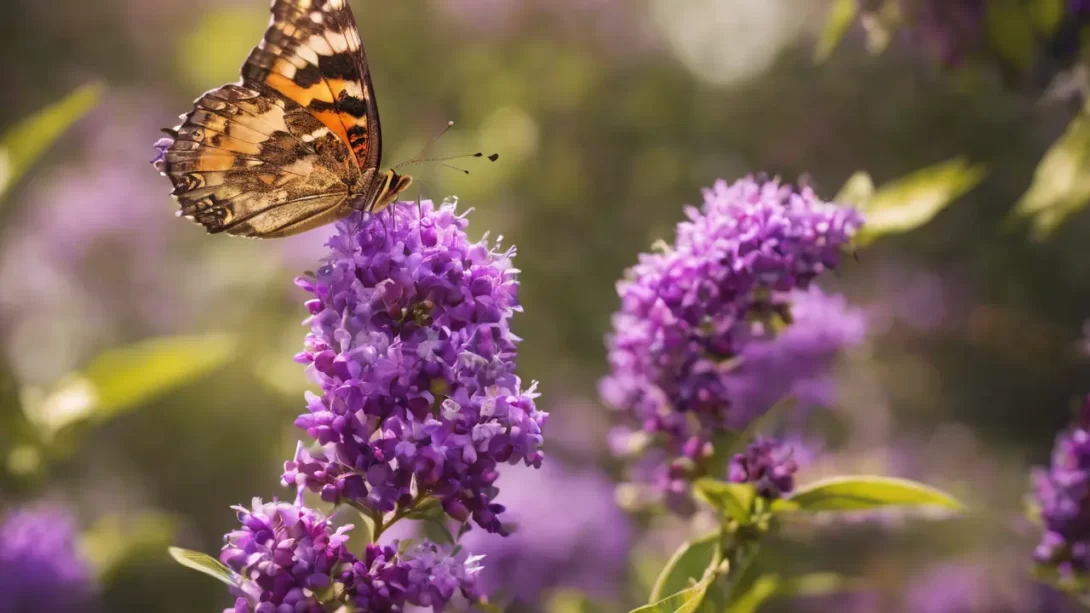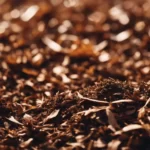The butterfly bush (Buddleja spp.) is a vibrant and popular choice for gardeners looking to add color and attract pollinators to their gardens. Known for its large, fragrant blooms and ability to draw butterflies, this plant is a staple in many landscapes. However, one crucial question often arises for gardeners dealing with local wildlife: Are butterfly bushes deer resistant? This article delves into the interaction between deer and butterfly bushes, providing insights for gardeners contending with deer in their gardens.
Deer Resistance in Plants
Deer resistance in plants is a crucial concept for gardeners in areas with significant deer populations. It refers to a plant’s natural ability to repel deer, usually due to certain characteristics that make the plant less appealing as a food source. Factors contributing to deer resistance include the plant’s taste, texture, and the presence of certain chemicals or scents. Plants that are considered deer resistant often have strong scents, bitter tastes, or prickly textures. It’s important to note, however, that deer resistance is not absolute; desperate or adventurous deer may still browse plants that are typically avoided.
Overview of Butterfly Bush Characteristics
The butterfly bush is known for its rapid growth and ability to thrive in various conditions. Typically, these bushes can reach heights of 6 to 12 feet, boasting lance-shaped leaves and clusters of tubular flowers that come in shades of purple, pink, white, and red. They prefer full sun and well-drained soil, making them a resilient choice for many garden settings. Beyond their aesthetic appeal, butterfly bushes are especially valued for their role in attracting pollinators. Their nectar-rich blooms are a magnet for butterflies, bees, and hummingbirds, adding a dynamic element to any garden.
Deer and Butterfly Bushes: The Interaction
The relationship between deer and butterfly bushes is not straightforward. Generally, butterfly bushes are not the first choice for deer, but this doesn’t mean they are completely deer-proof. Deer, especially in areas where their natural habitat is limited, might sample a variety of plants, including butterfly bushes. Factors such as the scarcity of food, the deer’s previous experiences, and the specific variety of butterfly bush can influence this behavior. However, compared to other garden favorites that are often heavily browsed by deer, butterfly bushes usually fare better, thanks in part to their foliage and flower characteristics.
Factors Influencing Deer Resistance in Butterfly Bushes
The deer resistance of butterfly bushes can vary based on several factors. First, the local deer population and their habitual diet play a significant role. In areas with high deer populations or where food sources are scarce, deer are more likely to venture into gardens and sample a wider variety of plants. Secondly, the season can impact a deer’s feeding habits. During late fall and winter, when natural food sources are limited, even plants that are typically deer-resistant may be browsed. Finally, the specific gardening practices and the surrounding flora can influence deer browsing. A garden rich in deer favorites might inadvertently attract deer to otherwise ignored plants like butterfly bushes.
Enhancing Deer Resistance in Your Garden
To better protect butterfly bushes and other plants, gardeners can employ several strategies. Companion planting with highly deer-resistant plants can help deter deer from more vulnerable species. For example, planting garlic, chives, or lavender near butterfly bushes may help keep deer at bay due to their strong scents. Physical barriers, such as fencing around the butterfly bushes, can also be effective, especially if deer pressure is high. Additionally, using deer repellents, either commercial or homemade, can provide an extra layer of protection for butterfly bushes. It’s important for gardeners to regularly rotate these repellents to prevent deer from becoming accustomed to them.
Complementary Planting Strategies
In addition to specific deterrents, adopting a holistic approach to garden design can enhance the overall deer resistance of your space. Incorporating a variety of plants known for their deer resistance can create an unappealing environment for deer. Plants like marigolds, Russian sage, and foxgloves can serve as effective companions to butterfly bushes. Not only do these plants deter deer, but they also contribute to the biodiversity and aesthetic of the garden. By creating a multi-layered garden with varying heights, textures, and scents, you can naturally discourage deer while maintaining an attractive landscape.
Use of Deterrents and Barriers
For those facing persistent deer problems, physical barriers may be necessary. Fencing is the most effective method, but it needs to be tall enough (at least 8 feet) to prevent deer from jumping over. Alternatively, individual plant cages or netting can protect specific plants like butterfly bushes. Deer repellents, whether homemade or commercial, can also be effective. These usually work by emitting scents or tastes that deer find unpleasant. However, it’s crucial to apply these repellents consistently and according to the manufacturer’s instructions.
Conclusion
While butterfly bushes are not entirely deer-proof, they are generally less attractive to deer compared to many other garden plants. The level of deer resistance can vary based on local deer populations, seasonal changes, and specific garden characteristics. By employing strategies like companion planting, using deterrents, and installing physical barriers, gardeners can effectively incorporate butterfly bushes into their gardens with minimal risk of deer damage. Ultimately, understanding and adapting to your local environment is key to creating a flourishing, deer-resistant garden.



